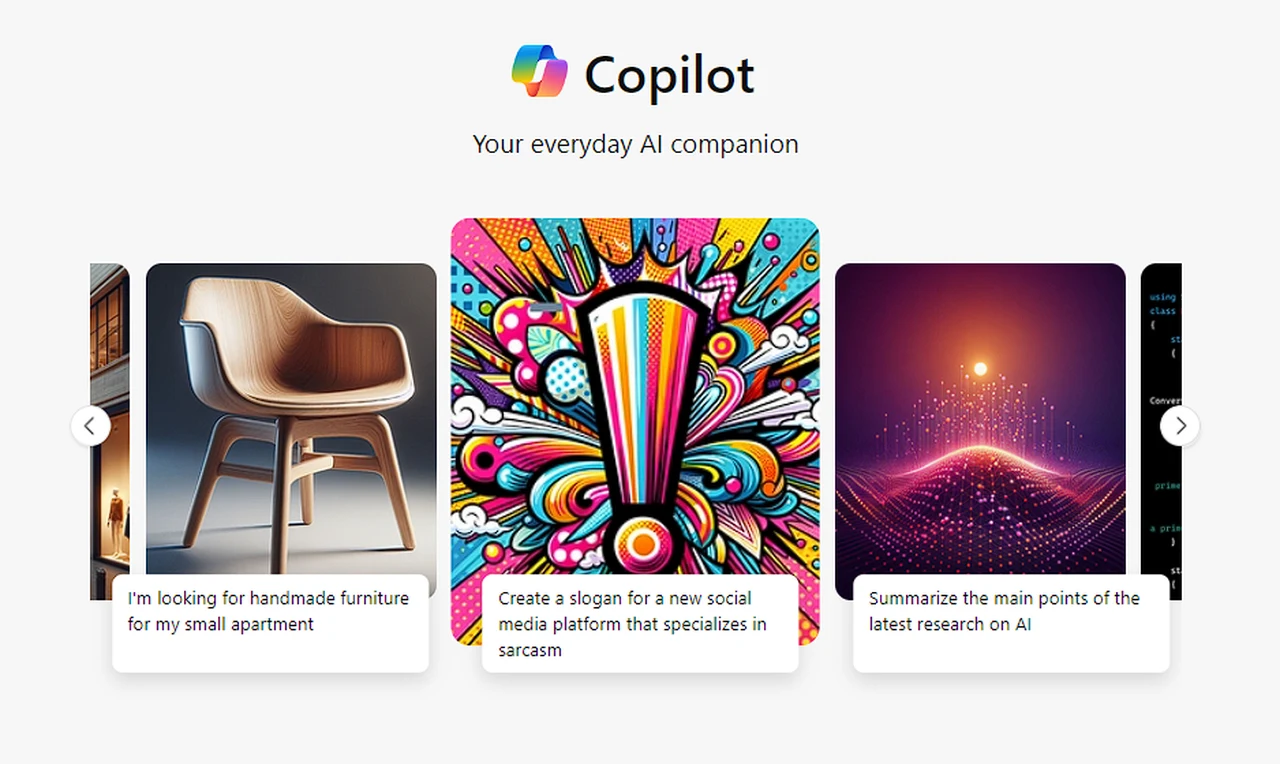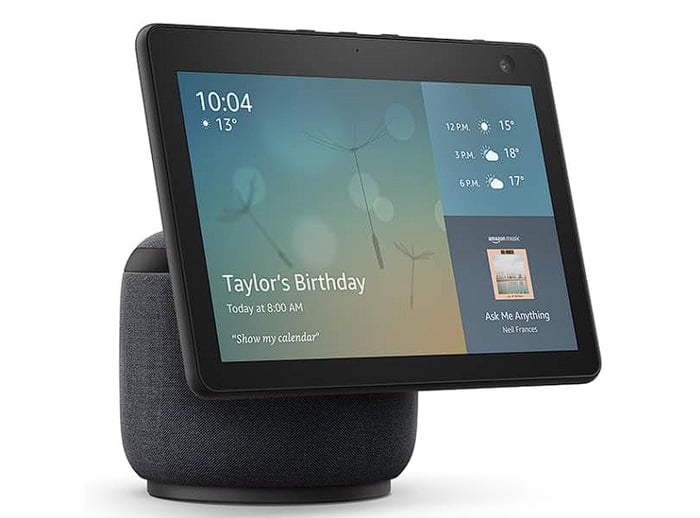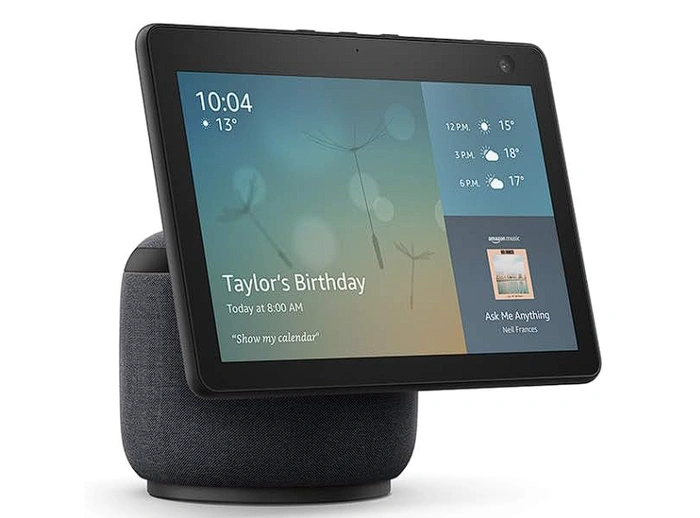
Imagine a world where your computer not only understands your commands but also anticipates your needs, learns from your habits, and protects your privacy more fiercely than ever before. This is not a distant dream but a reality that’s unfolding at a rapid pace. By 2027, the personal computing arena is set to be dominated by artificial intelligence (AI)-enhanced machines, with nearly 60% of all PCs shipped worldwide expected to boast this smart technology.
The International Data Corporation (IDC) has forecasted a surge in the shipment of these AI-powered personal computers, from 50 million units in 2024 to an impressive 167 million in just three years later. This growth signifies a monumental shift in how we interact with technology on a daily basis. The PCs of the future will not only be equipped with traditional central processing units (CPUs) and graphics processing units (GPUs), but they will also include neural processing units (NPUs) within their system-on-a-chip (SoC) designs. These NPUs are tailor-made to handle AI tasks, offering a level of efficiency and performance that was previously unattainable.
AI PCs
The IDC report categorizes AI PCs into three types, with the most advanced, next-generation AI PCs expected to surpass the others in shipments by 2027. These machines will be a boon to both businesses and individual consumers, providing a level of convenience and customization that will redefine the user experience. Here are some other articles you may find of interest on the subject of Microsoft Copilot.
One of the most significant advantages of these AI-enhanced PCs is the ability to process AI tasks directly on the device. This local processing means that your data doesn’t have to be sent to the cloud, which not only speeds up the task at hand but also provides a much-needed boost to privacy and security. Moreover, it reduces the reliance on cloud computing resources, which can be expensive and not always efficient.
The IDC’s comprehensive analysis delves into various aspects of the AI PC market, including NPU performance, processor architecture, and the range of products across desktop and notebook PCs. It also differentiates between the needs of commercial users and individual consumers, ensuring a thorough understanding of how these AI advancements will impact different user groups.
It’s important to note that PCs with high-performance GPUs capable of handling AI workloads are not included in the AI PC category for this report. This distinction is made to accurately capture the growth of the dedicated AI PC market, which is distinct from the broader PC market that includes traditional, non-AI-specific machines.
As we look to the future, the integration of AI into personal computing promises to bring about a new class of PCs. These machines will not only be smarter and more efficient but will also be designed to cater to the specific needs of their users, whether for work or play. The evolution of AI is set to transform the traditional PC into a more intuitive, responsive, and secure companion in our digital lives. Keep an eye on this space, as the next few years are poised to usher in an era where AI and personal computing become inextricably linked.
Filed Under: Technology News, Top News
Latest timeswonderful Deals
Disclosure: Some of our articles include affiliate links. If you buy something through one of these links, timeswonderful may earn an affiliate commission. Learn about our Disclosure Policy.



